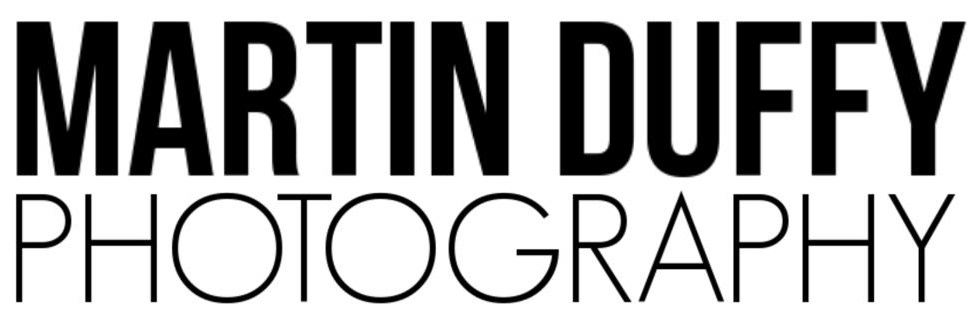Cityscapes are captivating canvases that blend urban life with breathtaking architecture, offering a rich tapestry of visual opportunities for photographers. Whether you're a novice or a seasoned pro, the art of composition in cityscape photography can transform your images into masterpieces. In this article, we'll delve into the rules, tips, and creative techniques that will help you create visually appealing cityscape photographs. Let's embark on this journey together.
The Location
Obviously, this varies depending on what your city of choice is. My experience of city scape shoots has taken me from London, Paris, New York, Baltimore and Philadelphia. My favourite of all of these has to be London, purely based on the little distance you have to travel to experience a change in vibe, character and architecture.
Forward Planning
City shooting is all about the planning phase, please plan, plan and plan! Make the most out of every moment you have, but also allow a little wiggle room for spontaneous unplanned shooting that may catch your eye.
My city shooting plans first of all start with research and inspiration. I have a research file of inspiring shots that I see from Instagram, Flickr, TikTok, Pinterest, PhotoCrowd etc., you name it and I make a note of it.
I then prioritise the shoot locations, being realistic, and within an achievable travel distance of one another. I start by utilising Google Maps and plotting my desired locations with pins within Google Maps to get a visual representation of the spread across the city. I then proceed by connecting them together by utilising the walk and tube/metro travel functions within Google Maps to understand the most time efficient way of getting to each in a day’s shoot.
I pick my top location as my starting point and tend to stay in a hotel close to this point rather than wasting an hour travelling across the city early in the morning. I often plan a circular route for the day too, so I can leave my overnight case at the hotel and can pick it up after my days shoot. I will plan for the first shoot location in depth, research the sunrise time and direction and scope the location out the evening before to ensure the best vantage point is known. This is when your inspiring image collection can come in handy!
A life saver for me is to print the itinerary with times and example location images as a point of reference for my days shooting. I detail on hear the tube/metro stations and travel times to each location, so I have arrival and departing times as well as how long I have to shoot at each location.
Starting at sunrise I can often get 10 shoot locations plotted and planned for a 5pm finish. I will more often than not give myself 20 to 30 minutes at each location to set-up and capture the image I need. Some locations take a little longer, some shorter, sometimes the tube is busy, other times I find new points of interest. As long as you generally stick to your schedule and you don’t miss that last train or flight home, you’re okay, but a rough itinerary and travel plan is vital to ensure you get the most from your visit.
Packing My Bag
Invest in quality gear, but remember, it's the photographer, not the equipment, that makes a great cityscape image. A sturdy tripod, wide-angle lens, and a camera with manual settings are essential. The right gear empowers you to execute your creative vision more effectively.
You’ll be on your feet all day, bustling amongst the tube crowds and walking long distances. My Garmin Watch step counter tracked me walking 14.5 miles on my last London trip, so travel as light as you can. I pack my camera body, the Sigma 2.8 Art 24-70mm lens, filters, camera strap, tripod and spare batteries – that’s all you’ll need. If you have a smaller profile camera bag it works out much easier. If you have space, perhaps pack your longer lens to pick out some of the detail on buildings, I tend to pack in my Sigma 2.8 Sports 70-200mm for this purpose.
I also make sure to pack a couple of snacks and bottled water.
